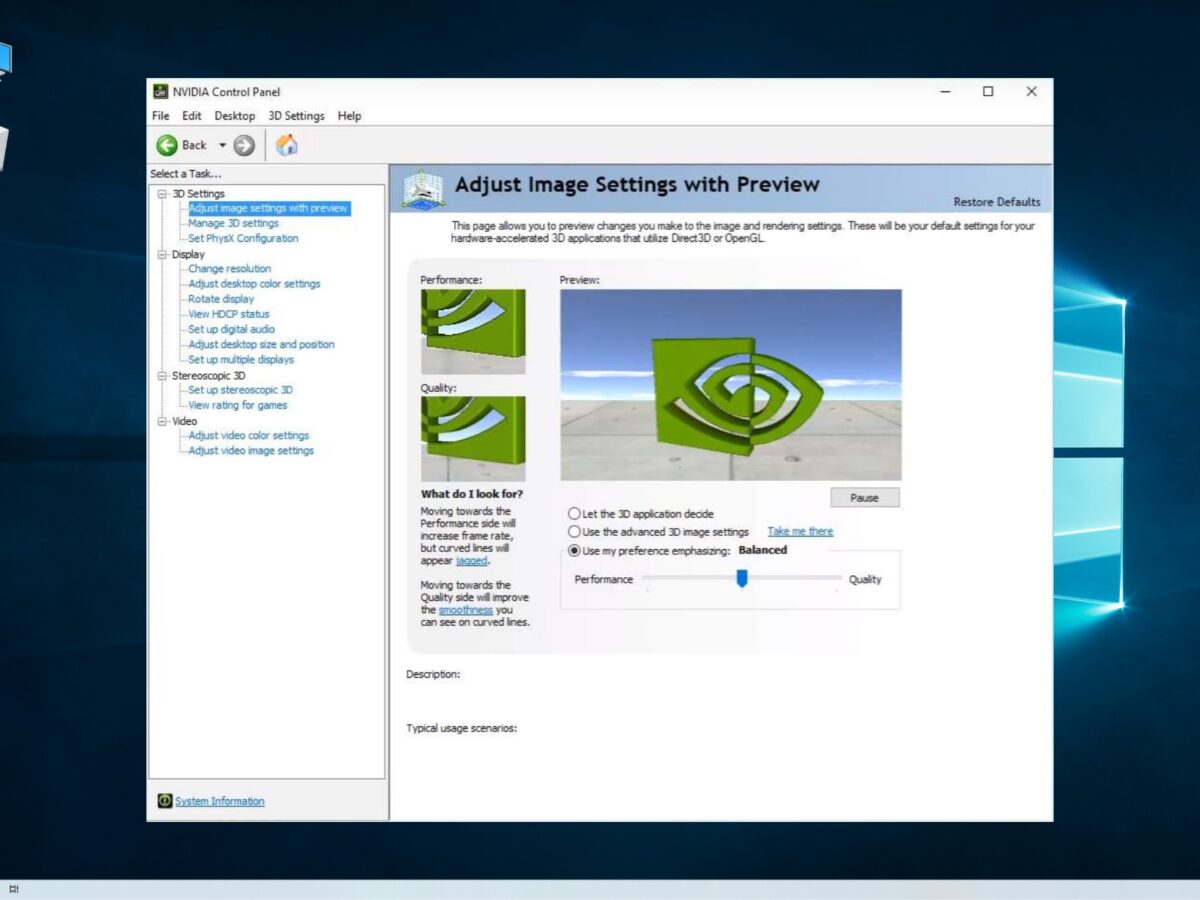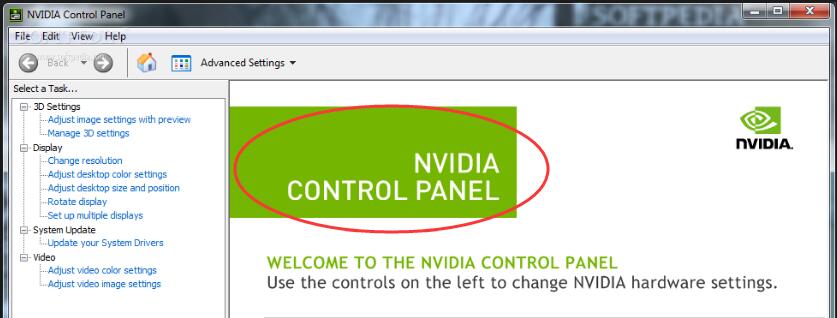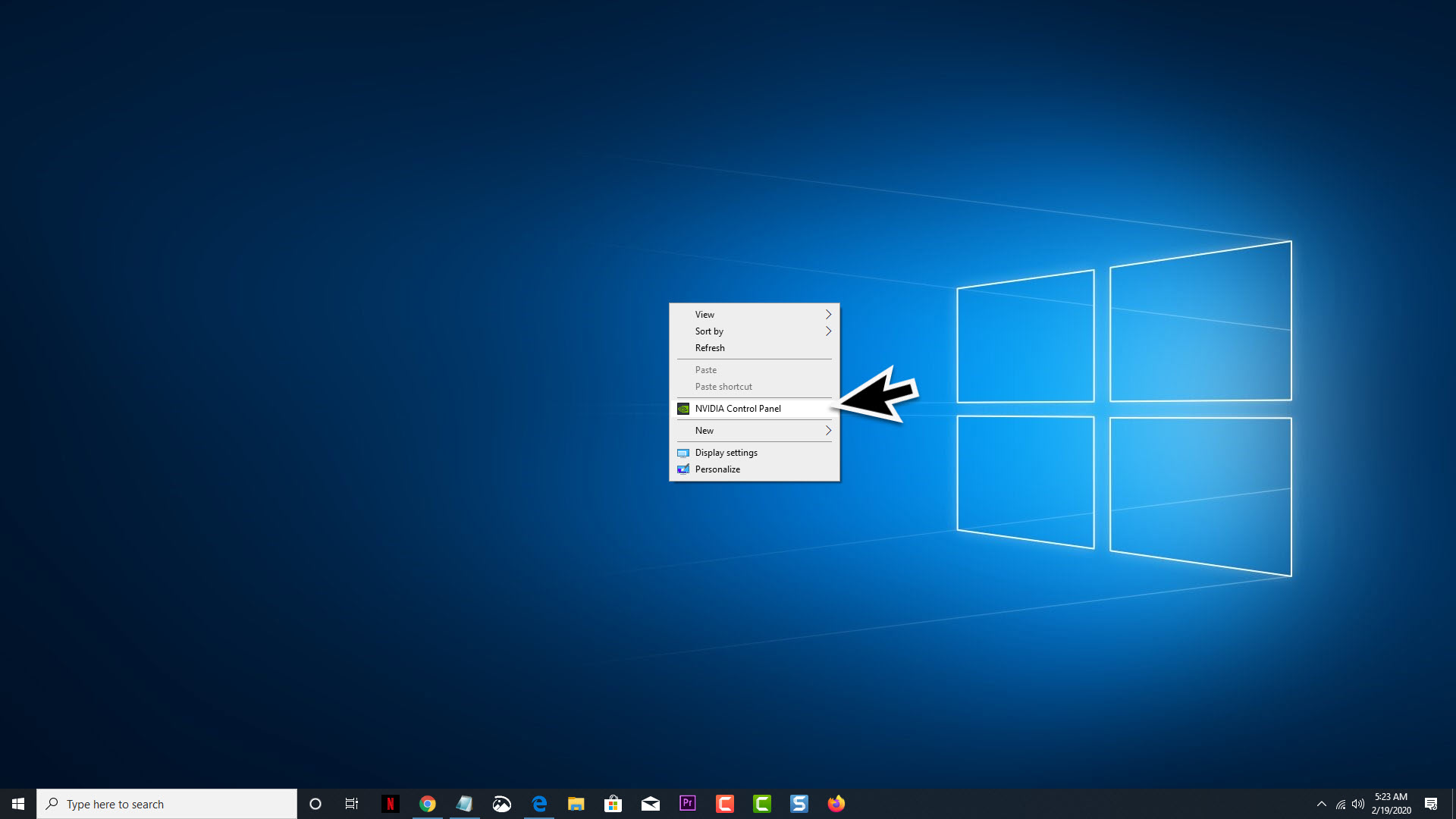
If not already installed on your system, download and install Nvidia's GeForce Experience.


After enabling Image Scaling (see how below), the new resolutions are available for selection from the in-game settings. When you enable Image Scaling, the tool generates five new scaling resolutions based on your native monitor resolution. Image Scaling tech does improve video output, in some cases substantially, but it isn't as crisp as DLSS. Instead, Image Scaling uses a directional scaling algorithm with adaptive sharpening to detect, upscale, and sharpen the image simultaneously, making the image appear to be running at a higher resolution. Now, Image Scaling doesn't use AI to upscale images. The result is sharper, crisper video output with less visual glitching, artifacts, or otherwise. In short, DLSS uses Nvidia's powerful on-chip Tensor cores to deliver AI upscaling in real-time. Image Scaling relates closely to another graphics card buzzword, Deep Learning Super Sampling (DLSS), but they're not one and the same. So, what is Image Scaling, and what does it do? You may begin to see Nvidia Image Scaling options built directly into games, as you see with AMD's FidelityFX Super Resolution. The biggest difference is that Nvidia is now offering its Image Scaling SDK to anyone who wants it, allowing developers to access and tinker with it. So, how do you use Nvidia Image Scaling to boost your game quality, and how does it work to begin with?įirst up, Nvidia Image Scaling isn't new. Late in 2021, the world-leading graphics card manufacturer turned its Image Scaling tech open-source, meaning that almost anyone with any graphics card could use it to boost their in-game visual experience. Want your games to look better? Don't want to spend heaps of money on a new graphics card? Nvidia has the solution for you: Image Scaling.

Image Credit: Daniel Constante/Shutterstock


 0 kommentar(er)
0 kommentar(er)
